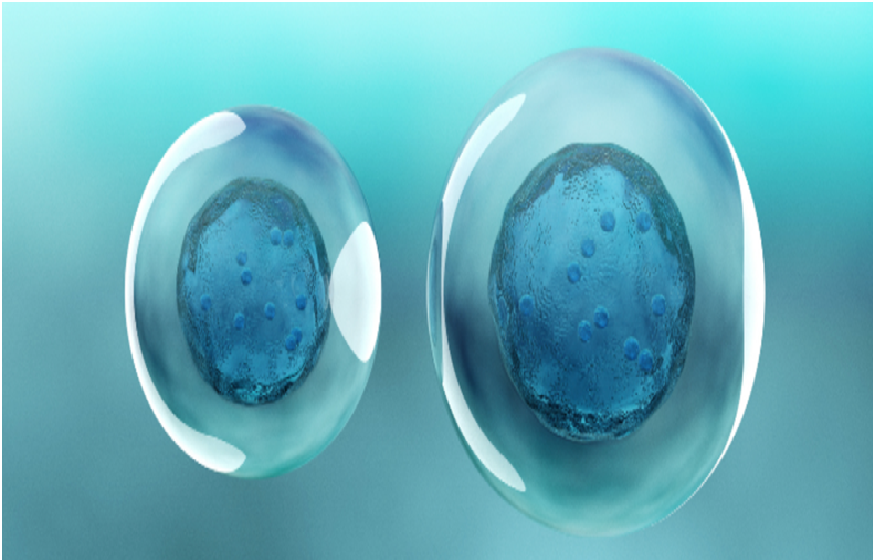Regenerative medicine, also known as stem cell therapy, is a modern approach to healing the body and managing pain. Medical providers and researchers are learning how these therapies could help patients recover from injuries, overuse, pain, and diseases.
How does regenerative medicine heal the body? It targets the root cause of pain and discomfort by helping the body replace diseased or damaged tissue with healthy tissue.
In contrast, conventional clinical strategies generally treat symptoms while waiting for the body to heal. While symptom management is important, regenerative medicine aims to accelerate the healing process and help you feel better faster.
What Is Regenerative Medicine?
Regenerative medicine is a type of alternative therapy that uses elements from your own body to help initiate and accelerate the healing process.
Two of the most popular forms of regenerative medicine are stem cell therapy and platelet-rich plasma therapy.
Stem Cell Therapy
Stem cells are cells that are capable of adapting to your body’s needs. During stem cell therapy, the cells are extracted from the adipose (fat) tissue of your, processed to activate the stem cells from that tissue and then administer, into the targeted sites.

Upon injection, stem cells accurately assess and assimilate according to what the treatment site needs. When injected into diseased tissues, stem cells initiate the healing process by dividing into the type of cells the body needs to heal.
Platelet-Rich Plasma Therapy
During platelet-rich plasma (PRP) therapy, your blood is drawn, then processed in a centrifuge. The centrifuge separates cells that help your body heal from the rest of your blood. The concentrated PRP is then injected into the treatment site to stimulate your body’s regenerative processes.
All Types of Healing
Some conditions that might respond particularly well to regenerative medicine include chronic pain and injuries to the:
- Elbows
- Wrists
- Shoulders
- Ankles
- Knees
- Hips
Conditions that are usually slow to heal, such as those that involve the tendons, ligaments, and nerves, are believed to respond well to regenerative medicine therapies. These treatments support healing by promoting rejuvenation, reducing inflammation, and boosting wellness in areas of the body prone to pain or disease.
How to Receive Regenerative Medicine
Regenerative medicine treatments are becoming more popular with board-certified physicians. As providers learn more about their benefits, it is easier than ever to receive these treatments. Contact a provider near you to learn more about the healing potential of regenerative medicine.
This post was written by a medical professional at Stemedix Inc. At Stemedix we provide access to Regenerative Medicine for ALS, also known as ALS Stem cell treatment. Regenerative medicine has the natural potential to help improve symptoms sometimes lost from the progression of many conditions.






Leave a Reply
You must be logged in to post a comment.